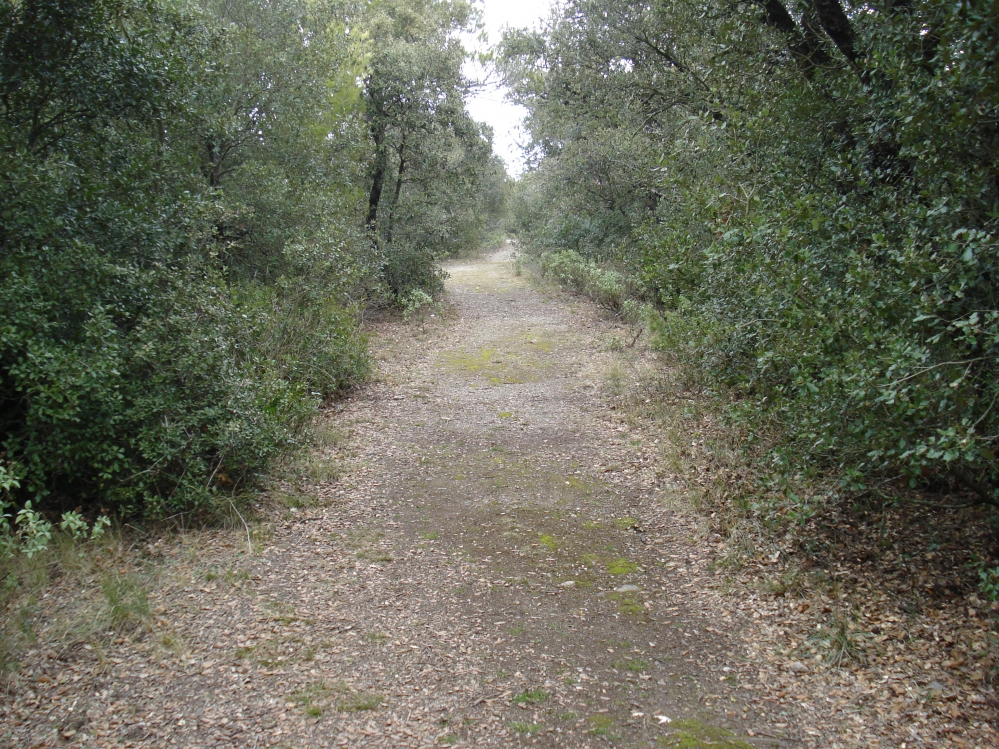Sclerophyllous forests
Typical of warm rather dry Mediterranean areas, this forest formation is dominated by holm, cork and kermes oaks. The undergrowth consists of different sets of plants depending on the location and the dominant tree species. The sclerophyllous strategy of many plants involves small, hard and often prickly leaves, that remain evergreen and are adapted to severe summer drought.
Sclerophyllous forests are a moderately diverse environment for butterflies. Although there are no species that are strict specialists of this environment, Charaxes jasius, Favonius quercus and Pararge aegeria are common and even abundant.
Species that have been found in the habitat within the CBMS network are shown in descending order of preference. The Highlights tab indicates those species with ≥ 5% of their total abundance (standardized to 100 m) concentrated in that habitat. The Species List tab displays a table with the percent density of each species in the habitat (compared to the rest of the CBMS habitat types). Transects shows in descending order the percentage cover of this habitat type for each itinerary in the CBMS network, with the number of botanical characterizations available in the Years column. The Communities tab lists the CORINE codes and names of the plant communities that have been included in this habitat type. This table also gives the area (in m2) occupied by each plant community in the network as a whole.






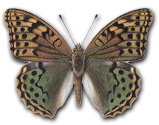















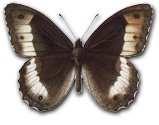




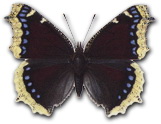

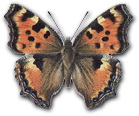
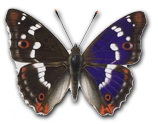




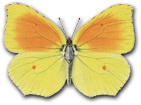

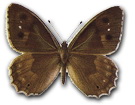


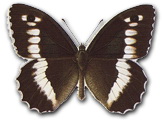




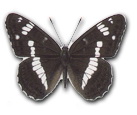


Illustrations by Richard Lewington from Tolman & Lewington (1997) Butterflies of Britain and Europe, translated and published in Spanish by Lynx Edicions.
References
- Bueno, D., Ballesteros, E., Masalles, R.M., Martí, E., 2013. Atles dels Ecosistemes dels Països Catalans. Història Natural dels Països Catalans v.13. Enciclopèdia Catalana
